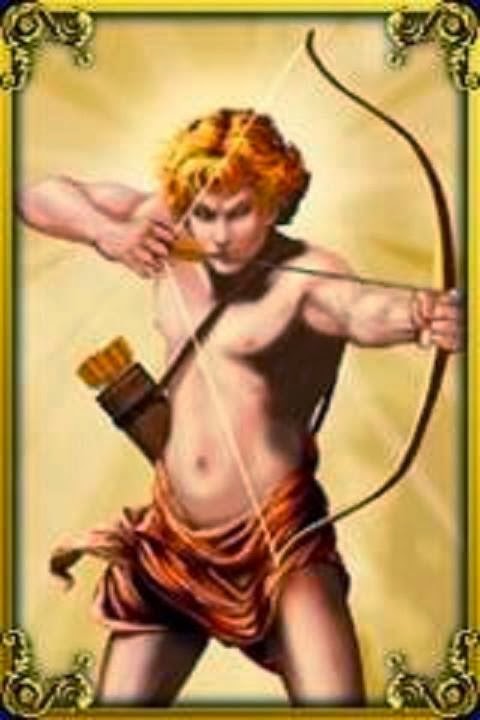Celtic Danu was an Early Earth Mother
Danu gave her name to the whole group of gods, and is called their mother, like the Egyptian Neith or the Semitic Ishtar. In the annalists she is daughter of Dagda, and has three sons. She may be akin to the goddess Anu, whom Cormac describes as "mater deorum hibernensium. It was well she nursed the gods." From her name he derives ana, "plenty," and two hills in Kerry are called "the Paps of Anu." Thus as a goddess of plenty Danu or Anu may have been an early Earth-mother, and what may be a dim memory of Anu in Leicestershire confirms this view. A cave on the Dane Hills is called "Black Annis' Bower," and she is said to have been a savage woman who devoured human victi. Earth-goddesses
usually have human victims, and Anu would be no exception. In the cult of Earth divinities Earth and under-Earth are practically identical, while Earth-goddesses like Demeter and Persephone were associated with the underworld, the dead being Demeter's folk. The fruits of the earth with their roots below the surface are then gifts of the earth- or under-earth goddess. This may have been the case with Danu, for in Celtic belief the gifts of civilisation came from the underworld or from the gods. Professor Rhys finds the name Anu in the dat. Anoniredi, "chariot of Anu," in an inscription from Vaucluse, and the identification is perhaps established by the fact that goddesses of fertility were drawn through the fields in a vehicle. Cormac also mentions Buanann as mother and nurse of heroes, perhaps a goddess worshipped by heroes
Danu gave her name to the whole group of gods, and is called their mother, like the Egyptian Neith or the Semitic Ishtar. In the annalists she is daughter of Dagda, and has three sons. She may be akin to the goddess Anu, whom Cormac describes as "mater deorum hibernensium. It was well she nursed the gods." From her name he derives ana, "plenty," and two hills in Kerry are called "the Paps of Anu." Thus as a goddess of plenty Danu or Anu may have been an early Earth-mother, and what may be a dim memory of Anu in Leicestershire confirms this view. A cave on the Dane Hills is called "Black Annis' Bower," and she is said to have been a savage woman who devoured human victi. Earth-goddesses
usually have human victims, and Anu would be no exception. In the cult of Earth divinities Earth and under-Earth are practically identical, while Earth-goddesses like Demeter and Persephone were associated with the underworld, the dead being Demeter's folk. The fruits of the earth with their roots below the surface are then gifts of the earth- or under-earth goddess. This may have been the case with Danu, for in Celtic belief the gifts of civilisation came from the underworld or from the gods. Professor Rhys finds the name Anu in the dat. Anoniredi, "chariot of Anu," in an inscription from Vaucluse, and the identification is perhaps established by the fact that goddesses of fertility were drawn through the fields in a vehicle. Cormac also mentions Buanann as mother and nurse of heroes, perhaps a goddess worshipped by heroes


